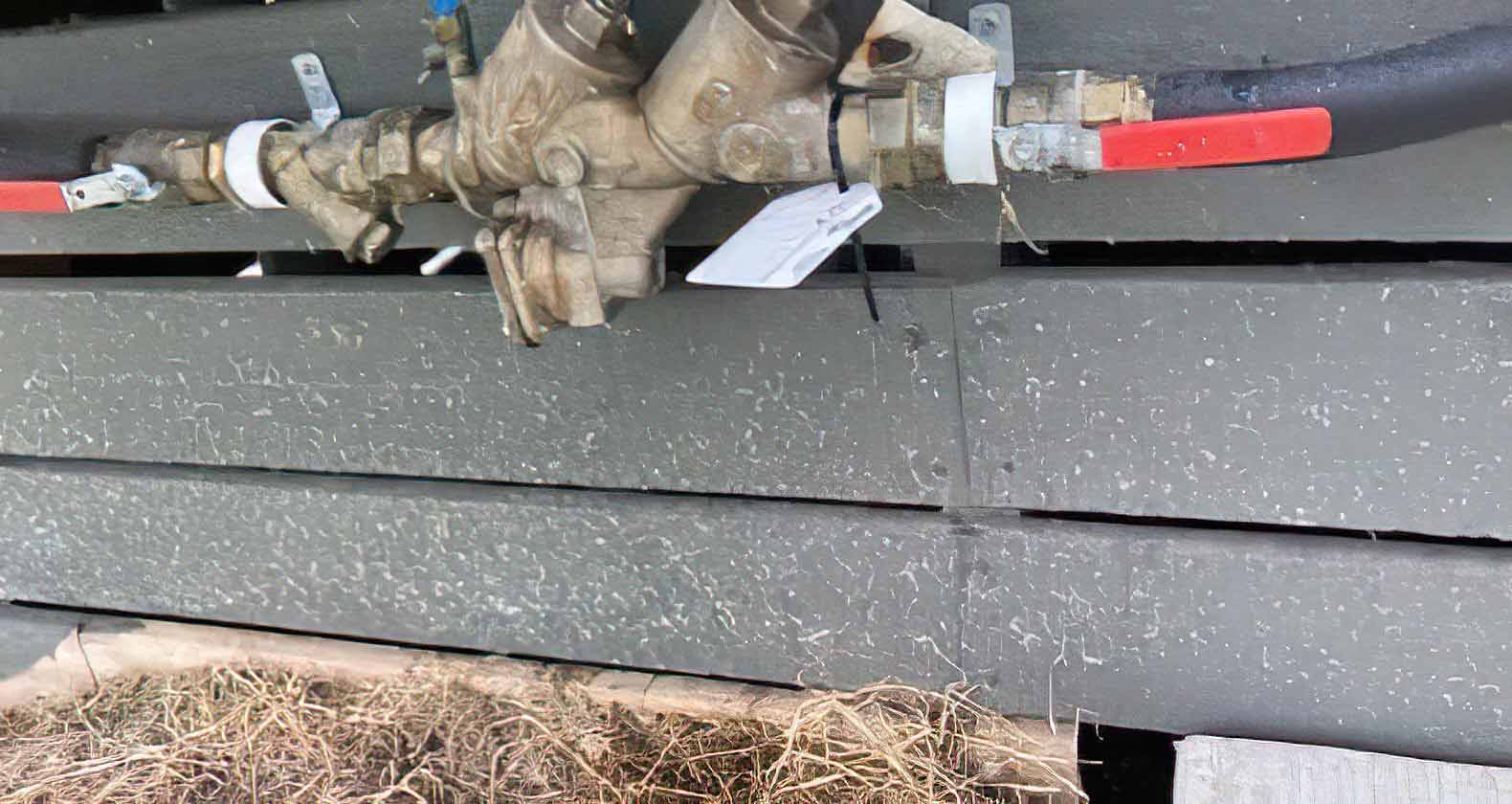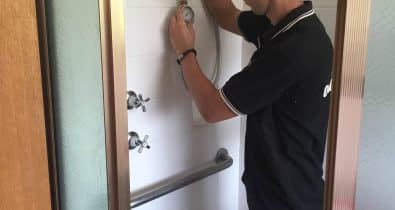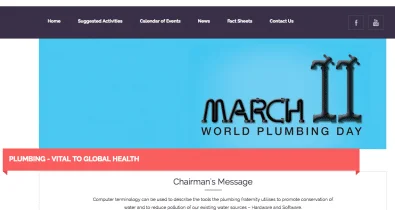What Is a Backflow Prevention Test in Canberra?
Backflow prevention is is a means of protecting the potable water supply from contamination of pollutants that could kill or seriously injure a person drinking or consuming the water.
Correctly installed and maintained backflow prevention devices stop the flow of water from reversing where a known hazard exists.
Backflow prevention testing protects both the residents inside the property boundary safe and protects the Icon Water street mains.
How Often Should a Backflow Preventer Be Tested in Canberra?
Where a testable backflow device has been installed it must legally be tested every 12 months by a licensed plumber who is accredited in backflow prevention to ensure it is operating correctly and to identify if the valve requires servicing/repair.
After testing a valve, the Licensed plumber must lodge a certificate with Access Canberra, the plumbing regulator, which is lodged on the building file of the property.
Who is Responsibly for ensuring Backflow Prevention Devices are Tested in Canberra?
It is the building/device owners responsibility to ensure the valve is tested every 12 months.
BEPCON Testing of the Backflow Prevention Device/s Notification
BEPCON, aka Access Canberra, will issue a notification when your backflow device falls due for testing. The current system will issue 2 to 3 automatic notifications.
What if I don’t have my Backflow Device Tested?
Failure to comply with the legislation around backflow devices including annual valve tests could result in a fine to the building owner/’s from Access Canberra or eventually even result in the water supply to the property being cut off or limited until such a time as the hazard has been resolved.
Most importantly though, you could be putting people that you are close to at risk of contamination of their drinking water.
Have a Backflow Valve that needs testing? Click Here to Book Online
Or
Love Backflow as much as I do, keep reading to get your backflow 101 certification.
What type of buildings have backflow protection devices installed
Residential-Single Dwellings (Freestanding Houses)
The vast majority of residential single dwellings do not require a testable backflow device to be installed unless a specific hazard has been identified, such as when an underground rainwater tank, greywater recycling system, bidet toilet seat or commercial water appliance is installed and tied into the potable water supply.
Residential Strata Dwellings
Larger strata buildings such as unit complex almost certainly have multiple testable backflow devices installed within the property. Smaller complexes will normally have at least two however in certain circumstances they may not be required at all.
Commercial Dwellings
Commercial buildings hazards vary greatly pending on what the building is being used for. The array of type of commercial buildings varies too greatly for this report.
Where is a Backflow Prevention Device Located in Canberra?
There are three terms used for the location of a backflow prevention device in relation to where they are located in the water supply line.
Containment
A containment device is installed after the incoming water meter and before the first branch in the waterline. It is a second protection installed as double assurance that the water mains supplying the suburb do not become contaminated, with the first being either a Zone or Individual testable backflow device as per below. A Containment valve protects only the water mains and does not provide any protection to the residents of the building. A containment valve must be equal to the highest hazard required valve within the property in terms of level of protection.
Zone
A Zone backflow prevention device is installed as a method of protecting multiple hazard water points with a single valve. Everything downstream of the Zone backflow device is considered to be non-potable water. A Zone device protects the residents of a building from the hazard.
Where a Zone device is installed, a secondary containment device must also be installed at the water meter.
Individual
An individual backflow prevention device is installed at the point of hazard where a single fixture connection is located downstream of it. An Individual device protects the residents of a building from the hazard.
Where a Zone device is installed, a secondary containment device must also be installed at the water meter.
Scenarios where Backflow could occur in Canberra
There are two reasons that backflow will occur.
The first is if there is a drop in water pressure on the incoming water supply line such as when a water pipe or water main’s bursts. In this event, the water flow will reverse and any contamination will be pulled back into the pipework.
The second scenario is where ever two water supplies are connected together. You will generally see this when treated greywater or rainwater is used as the primary source to supply environmentally friendly irrigation or toilet systems and a mains water supply has been connected as a backup should the stored water run out.
This second scenario is almost certain to occur if a backflow valve does not have regular servicing as the incoming mains water will likely be 500kPa and the pumped stored water is likely to be 900kPa or higher. This difference in water pressure is constantly trying to push into the potable water supply.
Hazard Level
Where a backflow risk has been identified the risk is assessed and given a hazard rating or Low, Medium or High based on how server the outcome would be if the pollutants in the hazard made their way into the potable water supply. The Plumbing Code of Australia and the Australian Standards AS3500 both specify what risk level a scenario is, such as a sewer grease trap is a high level risk and an underground water tank is a medium level risk.
The hazard level is then used to assign the appropriate device.
Types of Backflow Prevention Devices in Canberra
There are three primary backflow prevention devices used in the ACT.
Double Check Valves – Medium and Low Risks
Reduced Pressure Zone Device – High Risk
Registered Air Gaps – High Risk
Non-Testable Backflow Devices
non-testable backflow devices are similar to testable devices in their operation however do not have means of being able to test that the valve is in fact working. Like a tap washer, the seals inside a backflow device wear out over time and need to be serviced. non-testable backflow devices are not a suitable or a legal means of protecting the public from contamination of a potable water supply where a known medium or high hazard exists.
A common example of a non-testable device is a dual check valve installed in a 20mm residential water meter in the ACT.
Click Here to Book Online to have your backflow device tested






